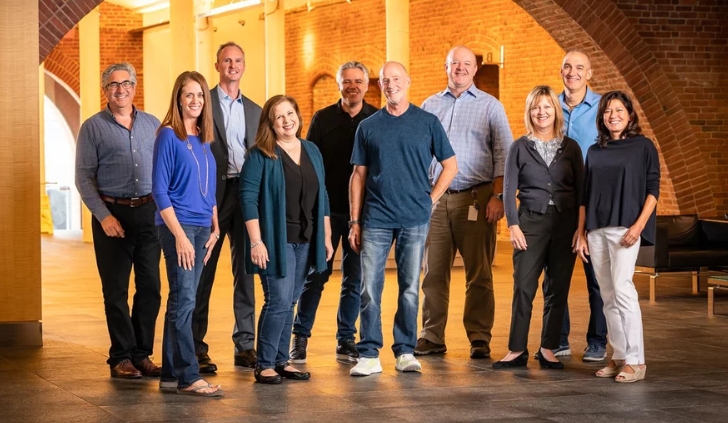Sage Therapeutics has plotted out how it plans to bounce back from the phase 3 failure of SAGE-217 in major depressive disorder. The strategy centers on three short-term studies Sage thinks may enable it to bring the GABA receptor positive allosteric modulator to market in multiple indications.
SAGE-217, also known as zuranolone, failed a phase 3 trial late last year, leading Sage to hit pause on other studies as it tried to figure out a path forward for the asset. Having met with the FDA, Sage has sketched out an R&D strategy that falls somewhere between the best- and worst-case scenarios put forward by analysts.
The plan is to start three new clinical trials this year to test SAGE-217 in the treatment of postpartum depression and in two subsets of major depressive disorder patients, namely those who need acute rapid response therapy or episodic therapy.
Each trial will test a two-week course of SAGE-217, putting Sage in a position to deliver top-line data next year. With Sage emerging from talks with the FDA believing it can file for approval without first generating additional long-term follow-up data, the timings of the readouts suggest SAGE-217 could win approval in 2022.
The timeline is longer than the potential best-case scenario of the talks with FDA, which would have enabled Sage to file for approval based on existing data, but shorter than some of the dragged-out situations the biotech would have faced if the agency had pushed for more long-term data.
With Sage focusing on the three indications targeted by the new trials, the biotech will maintain the pauses it imposed on enrollment in two other studies in major depressive disorder. Sage plans to get a look at data from the three new phase 3 trials before restarting enrollment in one of the studies, and “plans to reevaluate timing for reinitiating the [other] study while resources and activities focus on enrollment in the three new planned phase 3 clinical studies.”
Work on another study, which continued in the wake of the phase 3 failure, is ongoing. Sage expects to report top-line data from the trial in major depressive disorder patients who received 30 mg of SAGE-217 this year. The biotech has also amended the protocol to allow currently enrolled patients to receive 50 mg of SAGE-217 and plans to recruit a new cohort of patients to take the higher dose.
Sage expects the focusing of resources on the new studies to enable it to stretch the $1 billion it had in the bank as of the end of last year to last it into 2022. By then, Sage could have generated positive phase 3 data to reinflate its share price and position itself to raise more money.
Stretching the cash runway out to 2022 may involve other changes, with Sage stating it is “currently re-assessing its resource allocation and prioritization strategy in light of the development of zuranolone” and other factors including “the potential impact on its business of the unprecedented global public health crisis.”

